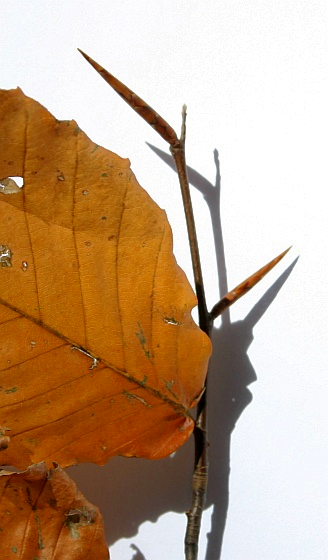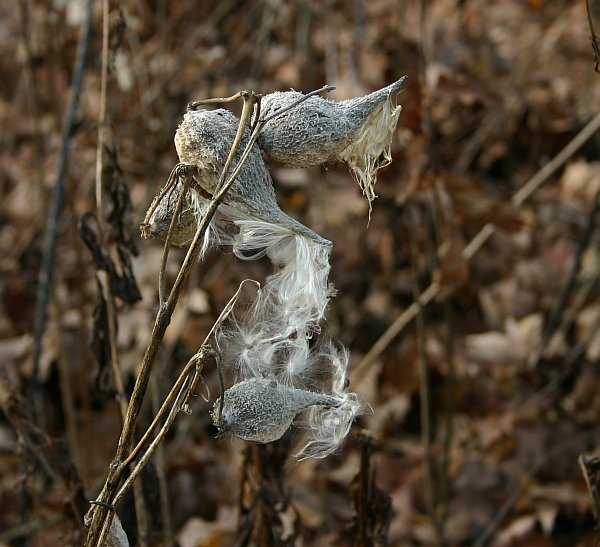
This one is easy.
It’s the only tree in Pennsylvania with a very long yellow end bud (and alternate small yellow buds). It’s the bitternut hickory (Carya cordiformis).
If you live in the southern U.S. the yellow buds resemble the pecan to which the bitternut is closely related. Both are members of the Walnut family but the pecan produces tasty nuts and the bitternut produces very bitter nuts, so bitter that squirrels avoid them. Hence its name.
In his 1985 Thornapples essay, A Nut-Gatherer’s Compendium, Charles Fergus tells of his excitement at gathering wild nuts before he knew how to identify hickories. He collected a bucketful of nuts and hammered them open. Fortunately he tasted one before he spent much time at this activity. He’d collected a bucket of bitternuts. So bitter!!
In areas where both trees grow, such as the Mississippi valley, you can distinguish between the two twigs by the bitternut’s very long end bud. Pecan buds are small.
Don’t worry that you’ll mistake the nuts. Bitternuts are small and round (one inch diameter) with a pointed tip. Pecan nuts have the familiar smooth pecan color and oblong shape.
Like all hickories the bark on young bitternuts is gray-brown and smooth but it lacks the stripes found on young shagbarks that will split to become shaggy later in life.
Here’s young bitternut bark found in Schenley Park:

The bark on mature bitternuts is said to be thin and tight with interlacing ridges. This description applies to several other hickories so I didn’t illustrate it. It’s so confusing!
Don’t bend your brain trying to identify this tree by its bark. Look at the yellow end bud. It’s easy.
p.s. See this comment from Levi Geyer that describes how bitternuts can be used for their oil.
(photos by Kate St. John)




























